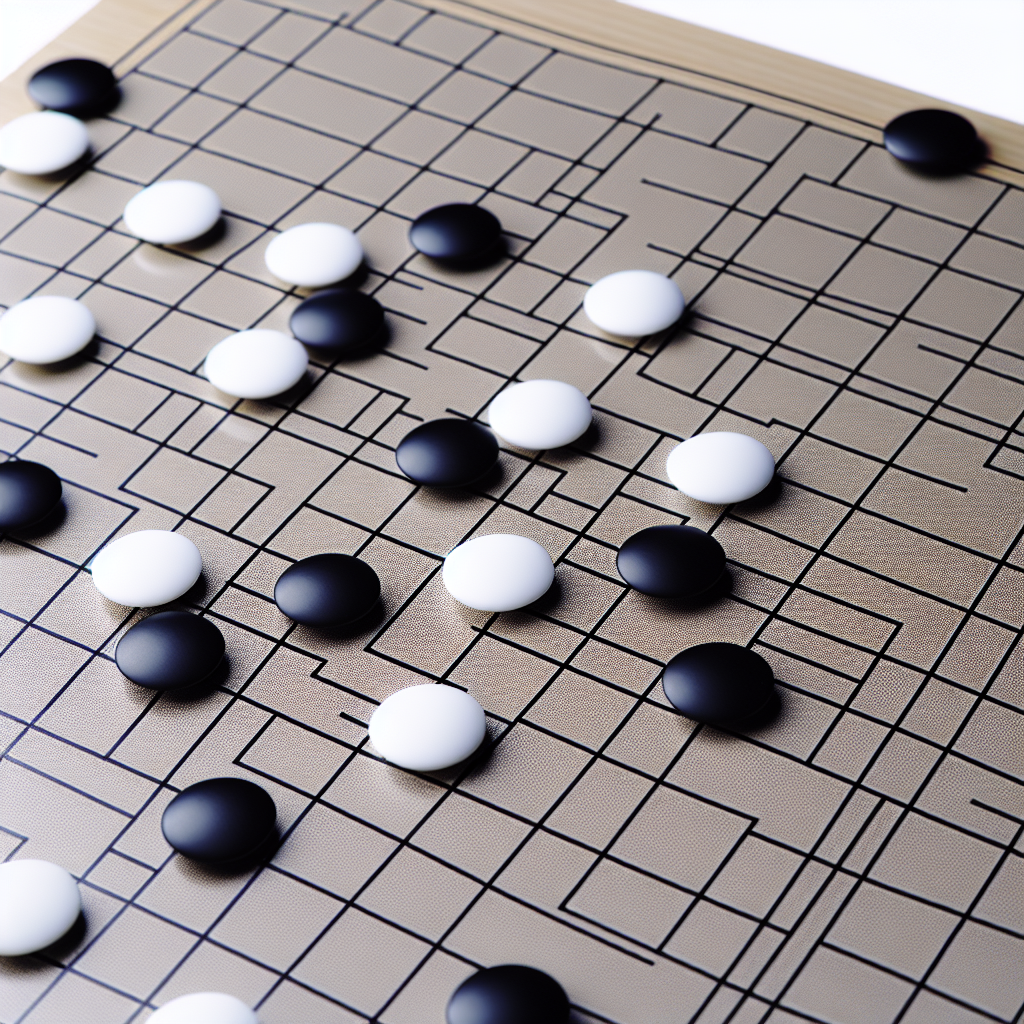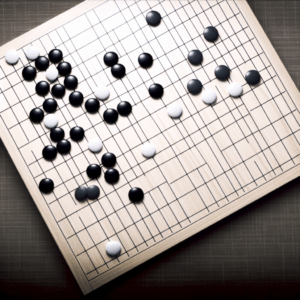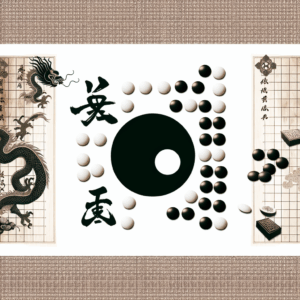Mastering the Art of Baduk: Connect Stones Fundamentals for Intermediate Players
The game of Baduk, also known as Go or Weiqi, is a complex strategy game that requires deep thought, sharp intuition, and a keen understanding of the game’s many subtleties. One such subtlety is the concept of connecting stones. This article will delve into the fundamentals of connecting stones in Baduk, providing helpful tips and insights to improve your strategy and overall gameplay.
Understanding the Importance of Connecting Stones
At the core of Baduk strategy is the concept of creating and enforcing connections between your stones. The ability to efficiently connect stones can often make the difference between victory and defeat, as it allows you to establish strong formations, secure territory, and block your opponent’s advances.
Types of Connections
In Baduk, there are two main types of connections: direct connections and indirect connections. Direct connections are when your stones are adjacent to each other, while indirect connections are when your stones are one or more points apart but still form a cohesive group due to their strategic positioning.
Strategies for Connecting Stones
Now that we’ve covered the basics, let’s dive into some specific strategies for effectively connecting your stones in a game of Baduk.
1. The Bamboo Joint
One of the most efficient ways to connect your stones is through the bamboo joint. This formation is robust and difficult for your opponent to cut, making it a powerful tool in your Baduk strategy.
2. The Diagonal Move
The diagonal move is another common way to connect stones. While not as secure as the bamboo joint, it can provide more flexibility and potential for expansion, especially in the early stages of the game.
3. The One-Point Jump
The one-point jump is a common technique used to connect stones that are two points apart. It’s a versatile move that can secure territory while also keeping your stones connected.
Examples and Scenarios
Let’s look at some practical scenarios where these connection strategies can come into play.
Scenario 1: The Bamboo Joint
Imagine you’re in a middle-game situation where your opponent is attempting to invade your territory. By forming a bamboo joint, you can effectively block their advance while reinforcing your own position.
Scenario 2: The Diagonal Move
In an early-game situation, you might use a diagonal move to connect your stones while also extending your reach across the board. This can give you a strategic advantage in terms of board control and future development.
Scenario 3: The One-Point Jump
In a game where you’re trying to secure a large territory, a one-point jump can be a powerful tool. It allows you to maintain connection while also expanding your territory, providing a balance between defense and offense.
Conclusion
Understanding how to effectively connect stones is a fundamental aspect of Baduk strategy that can greatly enhance your gameplay. By mastering the bamboo joint, diagonal move, and one-point jump, you can create robust formations, secure territory, and block your opponent’s advances. With practice, these techniques will become second nature, and you’ll find yourself making stronger, more strategic moves on the Baduk board.



Comments